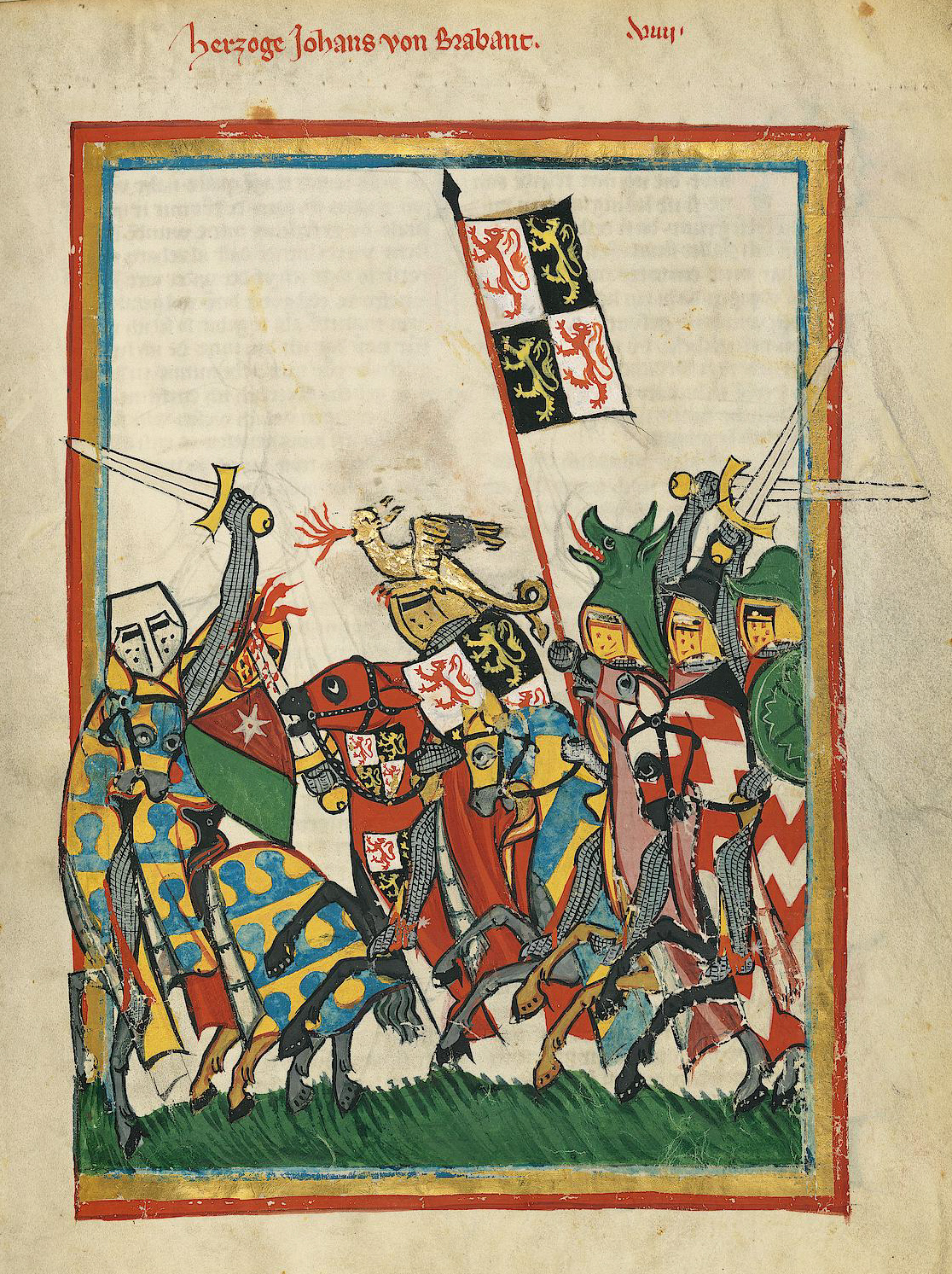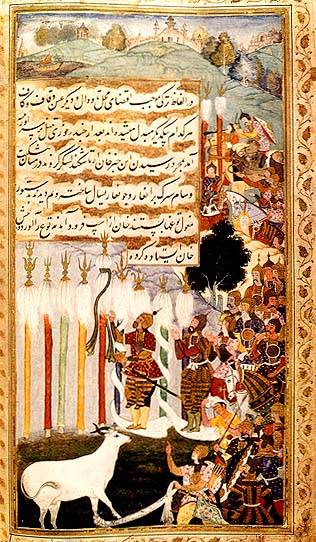Battle Standard on:
[Wikipedia]
[Google]
[Amazon]
 A war ensign, also known as a military flag, battle flag, or standard, is a variant of a
A war ensign, also known as a military flag, battle flag, or standard, is a variant of a
 The use of flags as field signs apparently emerges in Asia, during the Iron Age, possibly in either China or India.flag. (2008). Encyclopædia Britannica. Chicago: Encyclopædia Britannica. in
The use of flags as field signs apparently emerges in Asia, during the Iron Age, possibly in either China or India.flag. (2008). Encyclopædia Britannica. Chicago: Encyclopædia Britannica. in
 A war ensign, also known as a military flag, battle flag, or standard, is a variant of a
A war ensign, also known as a military flag, battle flag, or standard, is a variant of a national flag
A national flag is a flag that represents and national symbol, symbolizes a given nation. It is Fly (flag), flown by the government of that nation, but can also be flown by its citizens. A national flag is typically designed with specific meanin ...
for use by a country's military forces when on land. The nautical equivalent is a naval ensign
A naval ensign is an ensign (maritime flag) used by naval ships of various countries to denote their nationality. It can be the same or different from a country's civil ensign or state ensign.
It can also be known as a war ensign. A large v ...
. Under the strictest sense of the term, few countries today currently have distinct war flags, most using a flag design that is also the state flag
In vexillology, a state flag is either the flag of the government of a sovereign state, or the flag of an individual federated state (subnational administrative division).
Government flag
A state flag is a variant of a national flag (or occas ...
or general national flag for this purpose.
__TOC__
History
Field sign
A field sign is an unofficial differentiating mark worn on a combatant's clothing to show the difference between friend and foe or a combatant and a civilian.
Examples
*A tabard in the livery colors of a lord and bearing his coat of arms was a ...
s were used in early warfare at least since the Bronze Age
The Bronze Age () was a historical period characterised principally by the use of bronze tools and the development of complex urban societies, as well as the adoption of writing in some areas. The Bronze Age is the middle principal period of ...
.
The word ''standard'' itself is from an Old Frankish
Frankish ( reconstructed endonym: *), also known as Old Franconian or Old Frankish, was the West Germanic language spoken by the Franks from the 5th to 10th centuries.
Franks under king Chlodio settled in Roman Gaul in the 5th century. O ...
term for a field sign (not necessarily a flag).
 The use of flags as field signs apparently emerges in Asia, during the Iron Age, possibly in either China or India.flag. (2008). Encyclopædia Britannica. Chicago: Encyclopædia Britannica. in
The use of flags as field signs apparently emerges in Asia, during the Iron Age, possibly in either China or India.flag. (2008). Encyclopædia Britannica. Chicago: Encyclopædia Britannica. in Achaemenid Persia
The Achaemenid Empire or Achaemenian Empire, also known as the Persian Empire or First Persian Empire (; , , ), was an Iranian empire founded by Cyrus the Great of the Achaemenid dynasty in 550 BC. Based in modern-day Iran, it was the larges ...
, each army division had its own standard, and "all officers had banners over their tents".E. Pottier, ''Douris'', London, 1909, p. 105 fig. 20, Plate XXV.b Early field signs that include, but are not limited to a flag, are also called vexilloid
A vexilloid is any flag-like (vexillary) object used by countries, organisations, or individuals as a form of representation other than flags. American vexillologist Whitney Smith coined the term ''vexilloid'' in 1958, defining it as
This inclu ...
or "flag-like", for example the Roman Eagle standard
An ''aquila'' (; ) was a prominent symbol used in ancient Rome, especially as the standard of a Roman legion. A legionary known as an ''aquilifer'', the "eagle-bearer", carried this standard. Each legion carried one eagle. It represents the ...
or the dragon standard of the Sarmatians
The Sarmatians (; ; Latin: ) were a large confederation of Ancient Iranian peoples, ancient Iranian Eurasian nomads, equestrian nomadic peoples who dominated the Pontic–Caspian steppe, Pontic steppe from about the 5th century BCE to the 4t ...
. The Roman Vexillum
The ''vexillum'' (; : ''vexilla'') was a flag-like object used as a War flag, military standard by units in the Roman army. A common ''vexillum'' displayed imagery of the Aquila (Roman), Roman ''aquila'' on a reddish backdrop.
Use in Roman arm ...
itself is also "flag-like" in the sense that it was suspended from a horizontal crossbar as opposed to a simple flagpole.
Use of simple flags as military ensigns becomes common during the medieval period, developing in parallel with heraldry
Heraldry is a discipline relating to the design, display and study of armorial bearings (known as armory), as well as related disciplines, such as vexillology, together with the study of ceremony, Imperial, royal and noble ranks, rank and genealo ...
as a complement to the heraldic device shown on shields. The maritime flag
A maritime flag, also called a naval flag, is a flag designated for use on ships, boats, and other watercraft. Naval flags are considered important at sea and the rules and regulations for the flying of flags are strictly enforced. The flag flown ...
also develops in the medieval period. The medieval
In the history of Europe, the Middle Ages or medieval period lasted approximately from the 5th to the late 15th centuries, similarly to the post-classical period of World history (field), global history. It began with the fall of the West ...
Japanese Sashimono
''Sashimono'' (, , ) were small banners historically worn by soldiers in feudal Japan, for identification during battles.
Description
Sashimono poles were attached to the backs of the dō "cuirass" by special fittings. Sashimono were worn ...
carried by foot-soldiers are a parallel development.
Some medieval free cities or communes
A commune is an alternative term for an intentional community. Commune or comună or comune or other derivations may also refer to:
Administrative-territorial entities
* Commune (administrative division), a municipality or township
** Communes of ...
did not have coats of arms, and used war flags that were not derived from a coat of arms. Thus, the city of Lucerne
Lucerne ( ) or Luzern ()Other languages: ; ; ; . is a city in central Switzerland, in the Languages of Switzerland, German-speaking portion of the country. Lucerne is the capital of the canton of Lucerne and part of the Lucerne (district), di ...
used a blue-white flag as a field sign from the mid 13th century, without deriving it from a heraldic shield design.
Current war flags
Used by armed forces only
Army (land) use only
War flags that are also naval ensigns
Former war flags
See also
*Colours, standards and guidons
In military organizations, the practice of carrying colours, standards, flags, or guidons, both to act as a rallying point for troops and to mark the location of the commander, is thought to have originated in Ancient Egypt some 5,000 year ...
*Hata-jirushi
were the most common of war banners used on the medieval Japanese battlefield. The term can be translated to literally mean ''symbol flag'', ''marker banner'', or the like. Unlike the later '' nobori'', which were stiffened, these banners were ...
*Sashimono
''Sashimono'' (, , ) were small banners historically worn by soldiers in feudal Japan, for identification during battles.
Description
Sashimono poles were attached to the backs of the dō "cuirass" by special fittings. Sashimono were worn ...
*Uma-jirushi
were massive flags used in feudal Japan to identify a ''daimyō'' or equally important military commander on the field of battle. They came into prominence during the Sengoku period. While many were simply large flags, not very different from ' ...
References
Further reading
* Wise, Terence (1978) ''Military flags of the world, in color''. New York: Arco Publishing. 184p. . War flags of 1618–1900.External links
*{{FOTW, id=xf-fis, title=FIAV Flag Information Symbols Military flags Types of flags